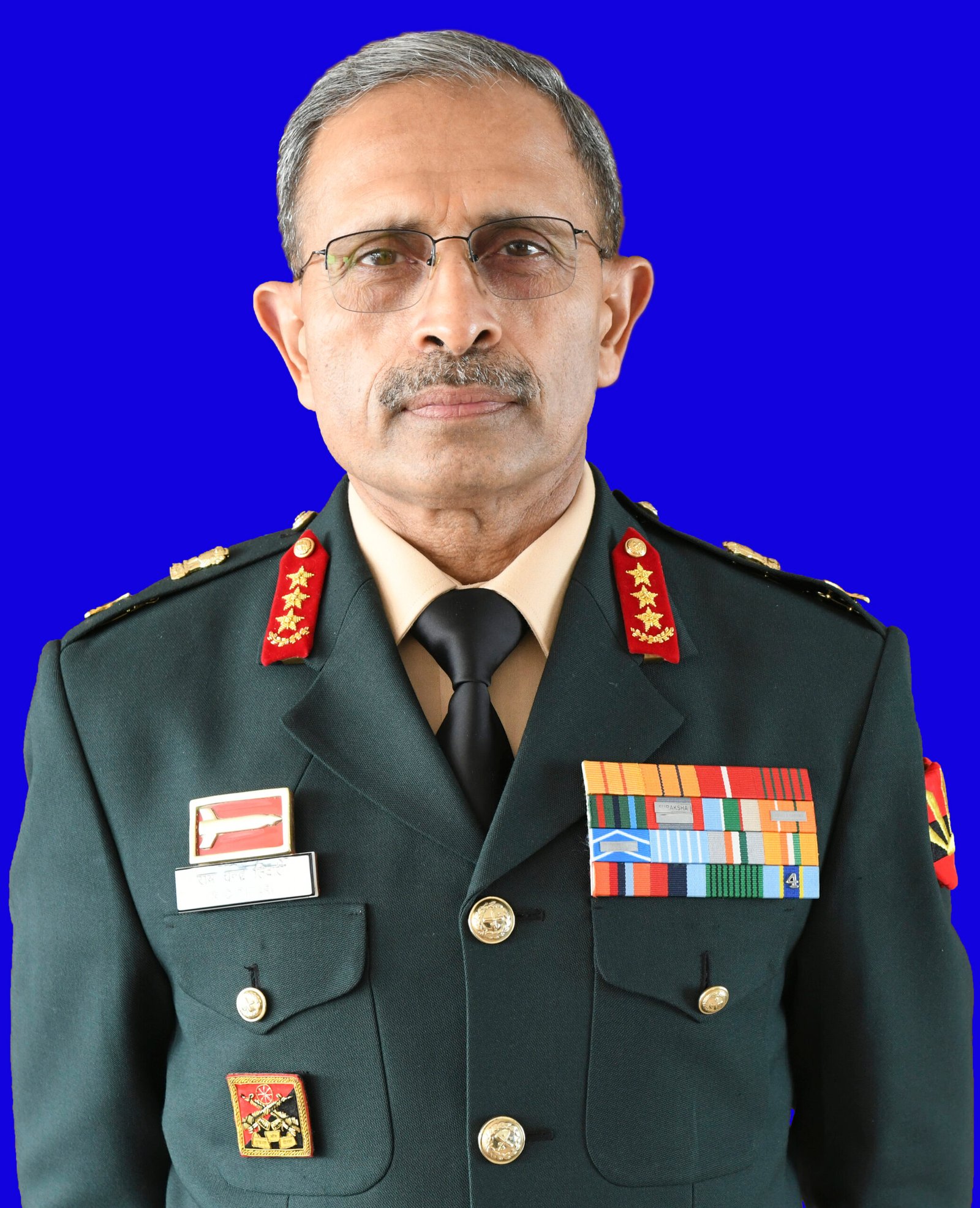Adopting a unified command system could help in effectively combating terrorism in Jammu region


YET another piece of tragic news has come from the Jammu region. Capt Brijesh Thapa and three other brave soldiers made the ultimate sacrifice, laying down their lives in the line of duty during counter-terror operations in the dense Desa forest of Doda district. This incident comes just a week after another grievous attack in which five soldiers were killed when their vehicle was ambushed near Badnota village in Kathua district.
By addressing the key areas, we can enhance our counter-terrorism efforts and better protect the lives of our soldiers and civilians.
The once relatively calm districts of Poonch and Rajouri have witnessed a disturbing spike in terror incidents over the past two years. Now, terrorist groups are operating in areas like Reasi, Kathua and Doda, long considered militancy-free. This has resulted in the emergence of flashpoints across the entire breadth of the Jammu division, indicating a deliberate plan by terrorists to shift their focus to this region. Groups of well-trained terrorists, armed with sophisticated weapons, have managed to infiltrate across the international border in Jammu, and there are strong suspicions that infiltrations have occurred across the Punjab border as well. The J&K Director General of Police, RR Swain, has acknowledged this issue, admitting that “some infiltration is taking place; it is common knowledge”.
Addressing terrorism in Jammu and Kashmir involves two primary facets. The first is to deter Pakistan from using terrorists as an instrument of state policy against India. Achieving this deterrence will require continuous and credible use of India’s national power to demonstrate that Pakistan’s policies will ultimately harm itself. This is a long-term effort that involves diplomatic, economic and possibly military measures.
The second facet is to actively stamp out terrorist activities on Indian soil. While setbacks are normal in counter-terrorism operations, a consistent pattern of attacks resulting in the loss of lives of soldiers and civilians, with no apparent damage to the terrorists, raises serious questions about the strategy and tactics employed by the security forces. It is essential for military leadership to review their methodology, and based on my own experience, I have several suggestions.
The counter-infiltration mechanism along the international border and the Line of Control should be strengthened. This may require the induction of additional forces, wherever necessary. However, it is crucial to recognise the limits of human endurance. Operating around the clock for months can lead to fatigue, causing attention to flag and increasing the likelihood of mistakes.
To mitigate this, technology must play a more significant role. For over a decade, there has been talk about installing a ‘smart fence’ along our borders, but the implementation has been inconsistent. Rather than waiting for a perfect solution through countless trials, we should adopt a fence that offers better protection than what we currently have. Additionally, we need to find a technical solution to detect tunnels reportedly being dug across the border.
The Special Forces (SF) should be given greater responsibility in counter-terrorism operations. These are our best-trained soldiers, ideally suited to operate in small teams within the mountainous and forested terrains where terrorists often find shelter. By bringing in additional SF units and granting them the freedom to operate in specified areas, we can increase the effectiveness of our operations.
Intelligence is the backbone of successful operations, and human intelligence is often the most reliable. An extensive outreach to local communities can help expand our intelligence network. Although there may be some locals who support terrorists, the vast majority of Jammu’s population is highly nationalistic. Therefore, treating locals with suspicion can be counterproductive. Instead, we should recruit more Special Police Officers and increase the number of Village Defence Guards from the local population. These individuals will serve as our eyes and ears, providing the first line of defence against terrorists. With more intelligence flowing in, the SF can conduct effective ‘seek and destroy’ operations.
Currently, there is a plethora of organisations operating in the region. The Border Security Force (BSF) handles the international border, the Central Reserve Police Force (CRPF) protects roads in the hinterland, the UT police force manages local law enforcement and the Army conducts broader counter-terrorism operations. Each of these organisations has a different command channel and reporting hierarchy.
Although it is often stated that there is good coordination and synergy among these forces, this arrangement falls short of what can be achieved through a unified command and control structure. Given the nature of their roles, the police will still need to operate under the authority of the Lieutenant Governor. However, the Army, BSF and the CRPF, which primarily deal with counter-terrorism, could be placed under a unified commander. This will result in a cohesive strategy for all forces, optimal utilisation of resources and improved intelligence-sharing. More importantly, it will enable the fixing of responsibility when things go wrong.
Critics may argue that India has never adopted a unified command system for fighting insurgencies. However, overcoming crises often demands the breaking down of old structures. Adopting a unified command system could be a significant step toward effectively combating the evolving threat of terrorism in Jammu.
By addressing these key areas — strengthening our counter-infiltration measures, leveraging technology, empowering the Special Forces, expanding our intelligence network and adopting a unified command structure — we can enhance our counter-terrorism efforts and better protect the lives of our soldiers and civilians. The sacrifice of Capt Thapa and his fellow soldiers must serve as a catalyst for these much-needed changes, ensuring that their bravery leads to a more secure future for the region.














































































